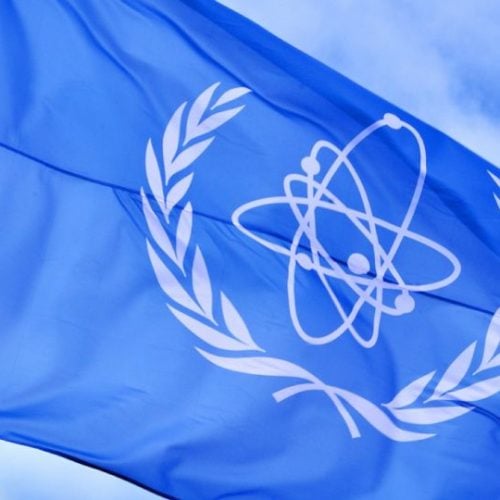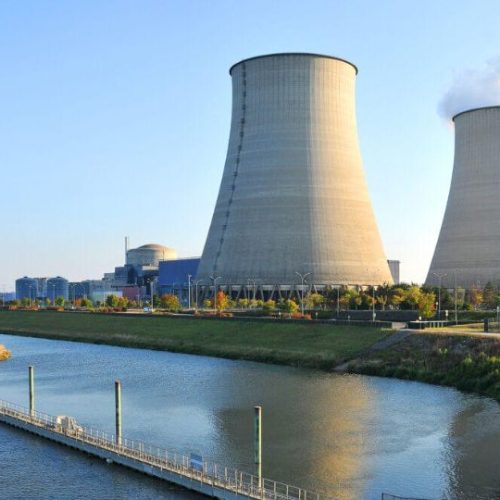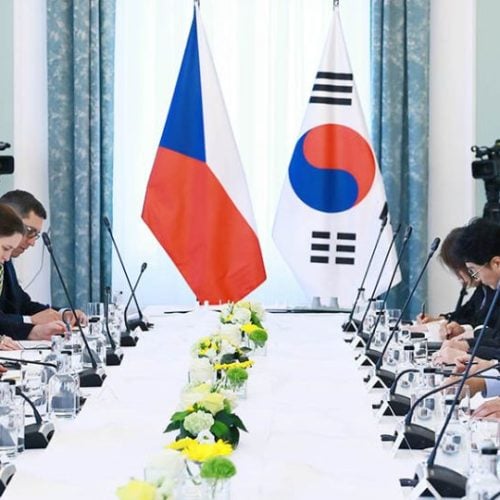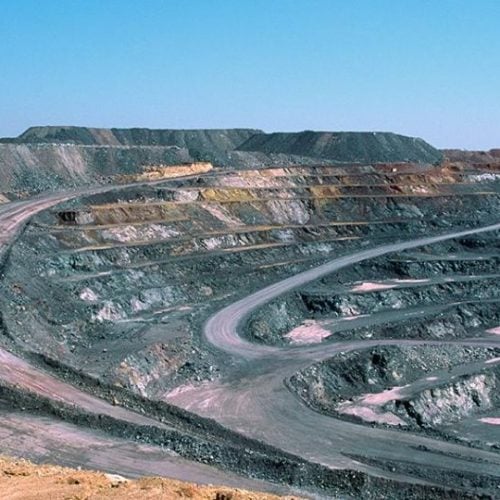U.S. President Donald Trump signed four significant executive orders on Friday aimed at revitalizing America’s civilian nuclear energy sector. With a stated goal of quadrupling the country’s nuclear power production capacity by 2050, the Trump administration seeks to dramatically transform the national energy landscape by drastically simplifying regulatory processes, strengthening industrial capabilities, and securing the domestic supply of enriched uranium. Currently, the United States operates 94 civilian nuclear reactors, averaging 42 years in age, necessitating swift renewal to meet steadily increasing energy consumption demands.
Major Reform of the Nuclear Regulatory Commission (NRC)
Central to this revitalization is a complete overhaul of the Nuclear Regulatory Commission (NRC), the body responsible for overseeing the U.S. nuclear sector. Among these orders, the NRC is mandated to complete license application reviews for the construction of new nuclear reactors within a maximum timeframe of 18 months, significantly faster than the several years typically required today. President Trump emphasized that these new procedures will be “very fast and very safe,” aimed at reassuring potential investors and industry stakeholders. A senior White House official, speaking anonymously, clarified that the immediate goal is to test and deploy new reactors before the end of Trump’s current term in January 2029.
Financial Markets Respond Strongly
The announcement of these measures immediately triggered a strong upward surge in nuclear-related company stocks on Friday morning. U.S. startup Oklo, specialized in Small Modular Reactors (SMRs), recorded a spectacular increase of over 23%, briefly reaching $52.17 per share. NuScale Power, another company involved in advanced modular reactor technologies, also showed a significant gain, rising by nearly 19%. Major industry players, such as Constellation Energy and Vistra Corp., each saw stock increases exceeding 2%, bolstering market confidence in their ability to capitalize on the revitalization of U.S. nuclear energy. Cameco, a Canadian firm and one of the world’s leading uranium producers, also experienced an 11% jump in stock value, directly benefiting from improved prospects for American enriched uranium demand.
Energy Security and Competition with China
U.S. Secretary of the Interior Doug Burgum highlighted that these actions are part of a broader strategic effort to maintain U.S. competitiveness in energy and technology sectors, particularly against China. The Trump administration views access to stable and abundant energy as strategically essential, especially to power massive data infrastructure critical to the rapid development of artificial intelligence (AI). The rising energy consumption of these facilities necessitates a reliable, carbon-free power source, positioning nuclear energy as a cornerstone of the long-term American technology strategy.
In this context, a large-scale project known as Stargate—led by Sam Altman’s OpenAI, SoftBank, and Oracle—plans colossal investments of up to $500 billion in constructing data centers and AI-related infrastructure in the United States. The Trump administration anticipates that these installations will directly benefit from increased energy capacity resulting from the accelerated deployment of advanced nuclear reactors.
Strengthening Domestic Uranium Supply
A critical component of Trump’s orders involves securing enriched uranium supplies, indispensable for U.S. nuclear reactor operations. Currently, the U.S. imports approximately 25% of its enriched uranium, notably from Russia, leaving the country exposed to significant geopolitical dependencies. Consequently, the Trump administration aims to substantially boost domestic uranium mining and enrichment capabilities to ensure strategic autonomy and reduce dependency on foreign sources amid escalating international tensions.
International Context and Global Nuclear Expansion
These American measures come at a time when several major global powers are also intensifying investments in nuclear energy. France, for instance, plans to build up to 14 new reactors by 2038 to maintain its technological and industrial leadership. China has a similar momentum, currently operating 57 nuclear reactors—matching France’s numbers—with an additional 27 reactors under construction. Meanwhile, Russia remains the world leader in nuclear plant exports, actively pursuing 26 projects, including six within its own borders.
High Expectations, Yet Expert Reservations
Despite the general enthusiasm triggered by these announcements, some experts express caution regarding the immediate impacts of the executive orders. Jonathan Hinze, president of nuclear fuel market analysis firm UxC, underscores the lack of additional governmental funding accompanying these directives. According to him, the real effectiveness of these measures will largely depend on how the U.S. Department of Energy (DOE) administers existing programs, particularly those financing nuclear fuel cycle projects. Rob Thummel, a senior portfolio manager at Tortoise Capital, nevertheless believes that major U.S. companies like Constellation Energy and Vistra remain strategically well-positioned to fully benefit from these regulatory and industrial reforms and from increased market interest in nuclear power.
These presidential executive orders thus signal a major transformative phase for the U.S. nuclear sector, with their practical implementation set to be closely monitored by financial markets and international observers in the coming months and years.


























